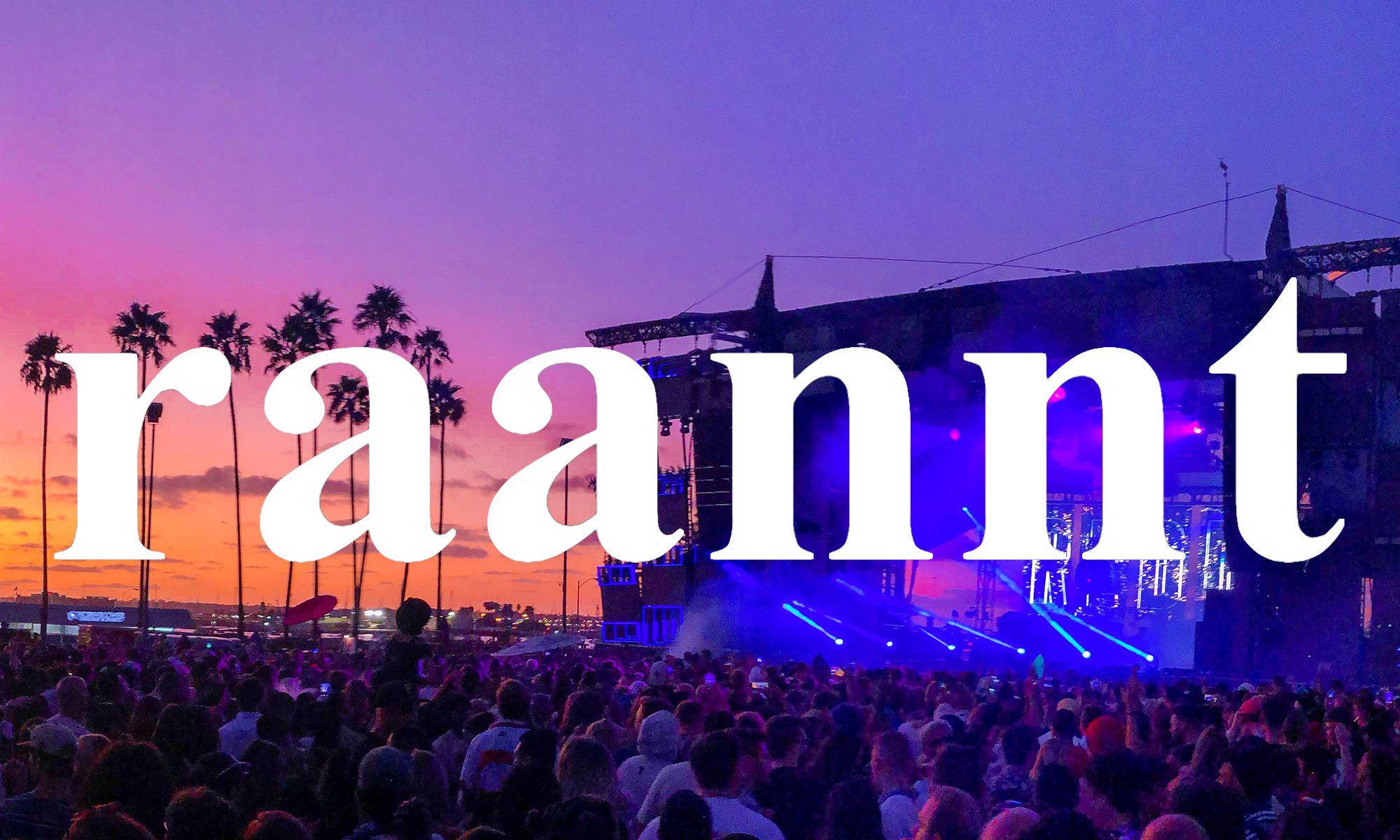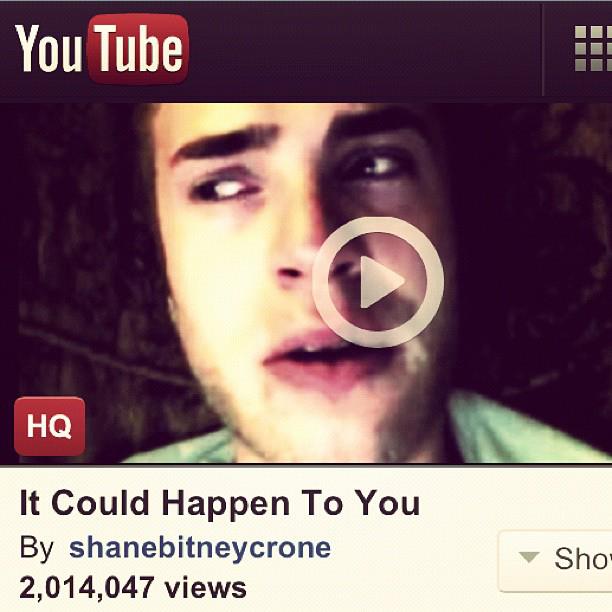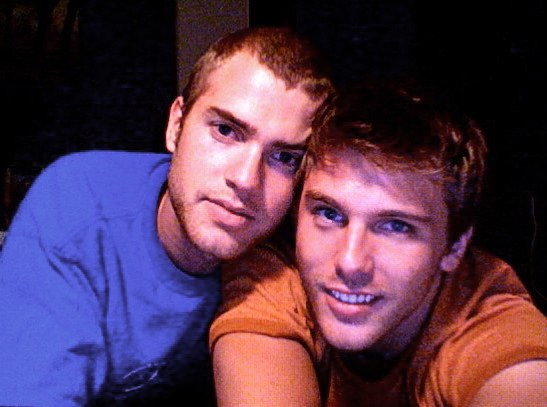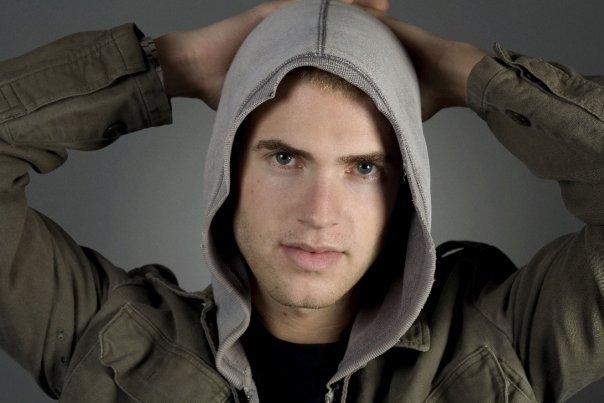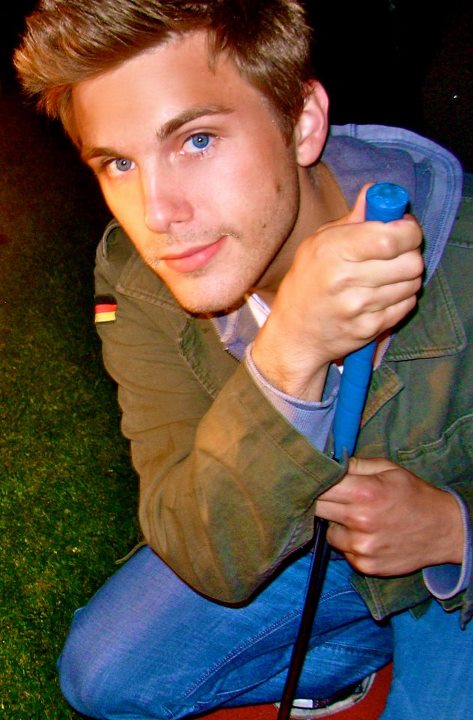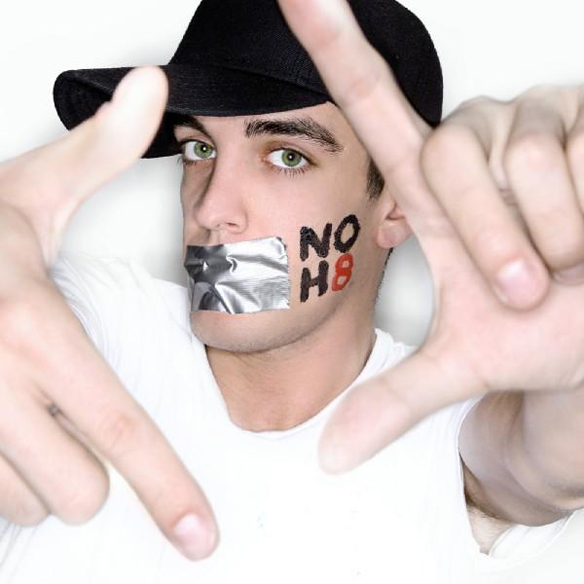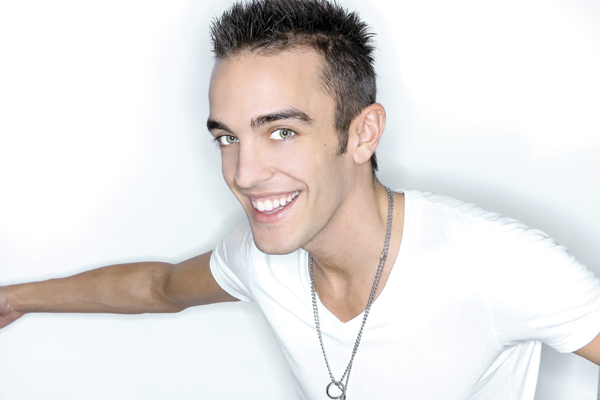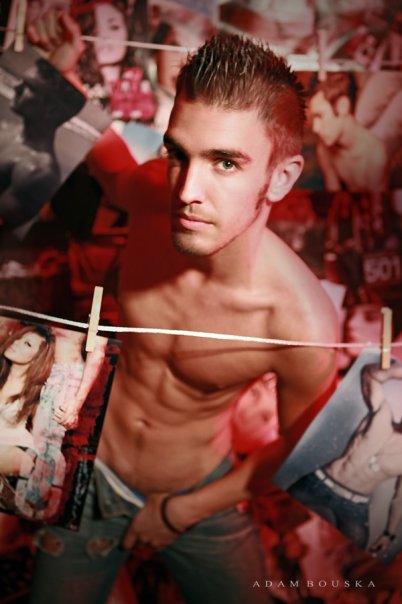Just last week, Shane Bitney Crone was awarded the Harvey Milk Civil Rights Award. He is working with famed director Linda Bloodworth Thomason on a documentary BRIDEGROOM: An American Love Story, which will surely be award winning, based on his relationship with his partner Tom Bridegroom and the incidents following his death. He has met celebrities, received condolences and support from thousands of people, and yet there is still the very basic fact this is all a result of the death of the person he loved most in the world; Tom Bridegroom. When we first saw the Shane’s viral YouTube video, It Could Happen To You, we sobbed. The story was so incredibly tragic and yet…similarly close to home. We watched the video over and over again, each time finding new things that moved us emotionally. Their dog JB they adopted together. The music. The Christmas card from Tom to Shane. Shane’s video had an enormous impact on us, not only for the need for marriage equality, but by looking at our relationship with more gratitude. We no longer take our days together for granted and we are grateful even for the arguments. To us…this is one of the most important interviews we have ever posted. Thank you, Shane, for sharing your story…and introducing us to Tom. He will be remembered forever!
Please watch the video below before reading the interview.
1.Can you briefly tell us what inspired you to make your video It Could Happen to You?
Growing up in a small town in Montana, I never felt I could be myself. It wasn’t until I met my partner Tom, that I felt liberated. When Tom suddenly died in an accident, my world shattered and adding insult to the tragedy, I had no say in honoring his final wishes. I wasn’t welcome at the funeral and I was denied giving the one I loved a proper goodbye. This happened because we didn’t have equal rights. I never imagined that I would lose Tom at this juncture in our lives: we were happy, healthy, in our twenties and believed we had our whole lives in front of us. I believe sharing our story is a way that I can honor him and hopefully prevent what happened to us from happening to others.
2.What was your first response when you saw that it had gone viral?
It was a surreal experience. I posted the video the morning of the anniversary of Tom’s death, May 7th. That evening, I got together with a group of friends at the bowling alley where Tom and I first met and I remember how astonished we were by the fact that the YouTube video already had 10,000 views. The following morning the video had over 50 thousand views. Within a week it had over a million. Media outlets from all over the world started sending me interview requests. It was incredible and overwhelming at the same time. The amount of positive feedback I was getting convinced me that I made the right decision by posting the video.
3.Did you have any fear associated with making the video public?
I am well aware of the prejudice and opposition that the LGBT community faces. I knew that no matter what, this video would be controversial, however, I felt that I needed to share this story. In a way, I felt that keeping quiet would be selfish. I was also concerned about Tom’s parents. After being told that I would be physically threatened if I attempted to attend Tom’s funeral I worried about how they would react.
Until now, I have been a very private person and I’ve never been one to show my emotions. I would always bottle up any sadness or pain that I was experiencing. However, when I made the video, I knew I had to show my vulnerable side in order for people to understand the pain that I felt. I wanted non-supporters to really see the face of a person representing those whose equality they are denying. Without knowing me, you might think I am an extremely emotional person, but in fact, the opposite is true.
4.Prior to Tom’s death, it appeared that you had positive communication with Tom’s mother via Twitter. Why do you think her attitude changed?
When Tom and I first got together, we came out to our families. My family was very supportive and Tom’s parents were outraged. His father pulled a gun on him and they blamed me for making him gay. His parents never apologized for the way they reacted to Tom coming out. The last 4 years of our relationship his mother came to visit a few times and I thought she finally started to accept us. I know that Tom loved his mom and I know that she loved him, but it was almost as if she was living a double life. She acted like she was ok with our relationship when she was in California, but the minute she got back to Indiana it was as if I didn’t even exist.
5.Since the video has been released, have you had any contact with Tom’s family or heard from Tom’s family?
I have not heard from Tom’s parents but I have heard from a few of Tom’s relatives who were supportive of our relationship and were saddened by the way that I was treated. They know that Tom wouldn’t have wanted me to be shunned the way that I was.
6.What have been the three most positive opportunities that have come from doing the video?
This is a hard question to answer since so many positive things have taken place following the YouTube video. I guess the biggest positive for me personally is that I have come to embrace my sexuality. Having endured many difficulties in school and throughout my formative years, as so many gay kids, I was somewhat afraid to just totally accept myself, to just be who I am. There was always the thought that maybe I was somehow not “normal”. The documentary changed everything for me. As they say, I now feel good in my own skin.
Definitely having the opportunity to turn our story into a documentary is something I never would have imagined happening. It gives me a sense of peace to know that people watching this film will get to know Tom and learn what an incredible spirit he had. It makes me happy to think that Tom is helping fight for equality and this film will be a way of keeping his memory alive.
Another positive is the way that it has resonated with people all over the world. I have heard from thousands who say the video has changed their life, gave them hope, and inspired them to stand up and be proud of who they are. I have heard from people who once believed marriage equality was wrong and now believe it’s only fair. I have heard from a number of teenagers who said that our story gave them hope to live and it’s inspired them to come out to their families. It’s difficult to change people’s hearts and minds on this extremely important human rights issue, but my YouTube video seems to reach people and I am extremely proud.
7.Tell us about the documentary you are developing called BRIDEGROOM: An American Love Story.
I have partnered with Linda Bloodworth Thomason, Emmy nominated writer and director of the critically acclaimed film “Man From Hope” to help tell our story. We are hoping that by making the documentary we will reach a yet wider audience and continue to educate people about what equality for the LGBT community really means. It will obviously be a more in-depth look. Hopefully it will show those who somehow feel that same sex love is different from “their” love that indeed it really is no different. Before posting the YouTube video, I never attended a gay pride parade. I was not confident enough to be activist and I am certainly not a scientist who can explain what makes us gay. All I can share is my life and my experiences. I did not choose to be gay, but I should not be ashamed. Nor should I be ashamed of the love that Tom and I shared.
8. What advice would you give a fully committed gay couple regarding protecting their rights in case of a tragedy?
I implore you to have the hard conversation about your own immortality; to face the hypothetical consequences of what could happen were either of you to be injured or possibly die. I am not an attorney and every state is different but see a lawyer, get a will and get your ducks in a row. In other words leave nothing to chance. Unfortunately, you cannot always rely on the good will of family members or friends who were previously well intended. Make sure everything is documented.
All couples need an advance health care directive (also known as a living will) and durable power of attorney that are very carefully drafted. Couples who have assets need a trust and a pour over will. A pour-over will is a particular type of will used in conjunction with a trust. All the state laws vary so I would suggest meeting with an attorney in your state.
9. What are some small details most people didn’t know about Tom that made him so special to you?
After the many struggles Tom faced throughout his life, and especially after the nightmare he lived coming out to his parents, Tom never let anything keep him from being happy and positive. I know it’s common for people to say after a loved one passed that they lived each day to the fullest, but Tom truly did. He was the most talented, determined, and courageous human being. He believed in himself and he knew that he could accomplish anything he put his mind to. I have struggled most of my life with being gay, and Tom respected that struggle and he allowed me to work through it, and he was my biggest supporter. He loved me for me, and he inspired me to challenge myself and show me that being happy is a choice.
10. Today you are working for marriage equality. What are you encouraging people to do about marriage equality?
Tom and I both felt strongly about waiting to legally commit to each other until we could get married. We didn’t want to have just a domestic partnership because to us it felt like a second class version of marriage. Looking back I wish we would’ve registered to be domestic partners because it could’ve potentially prevented a lot of the struggles and heartbreak I faced after he died. Yes, LGBT couples can meet with attorneys and spend 10,000 dollars to legally protect themselves in a way that a simple 100.00 marriage certificate can provide, but that’s not right. I have heard from thousands of couples that had all of the proper legal documents prepared but their deceased partner’s families were able to contest the documents and leave the surviving partner powerless.
Civil unions and domestic partnerships are no substitute for marriage. They are an important advance in the fight for equality, but civil unions and domestic partnerships do not carry the full legal benefits (especially government and tax benefits) or cultural significance of marriage. The substitution of civil unions and domestic partnerships for legal marriage assigns same-sex couples to second class status.
I encourage people to support organizations like GLAAD, and The Human Rights Campaign that support marriage equality. Marriage equality isn’t going to be achieved easily but as individuals we have the power to stand up and speak out and show people that we deserve equal rights and that all committed couples deserve to make the ultimate commitment, which is marriage.
11. What advice would you give someone wanting to come out to their family?
I encourage you to come out to your family when it feels right for you. If you have a best friend or a counselor that you trust, I recommend that you talk to them about it. You never know how parents will react. I think it’s important to trust your gut and determine whether or not you are ready.
12.What do you think Tom would say to you today looking back on all that has happened?
He would probably say that he wishes we would’ve been legally prepared for the unexpected and that it’s important for me to do whatever I can to prevent what happened to me from happening to someone else. He would probably apologize for the way his parents treated me and he would encourage me to live my life to the fullest. He wouldn’t want me to be sad.
Throughout our relationship Tom would consistently encourage me to step out of my comfort zone and free myself from all the fears that have developed because of the insecurities surrounding my sexuality.
Tom brought so much joy to my life and he showed so many people how to be loving and accepting, and he is doing that now more than ever. You can’t help but think that Tom is part of all of this and his death is not in vain and he will be remembered forever.
Be Yourself. Be Fearless. Be Your Own Unexpected Luxury!
Please Follow Us and Help Us Support Equal Rights for All!
WARNING: We allow 100 words or less of content per interview to be taken, with a link to our original interview, and used without our authorization. Content larger than 100 words or copying our entire interview without our authorization to be used in ANY manner will result in our taking legal action per copyright infringement.
